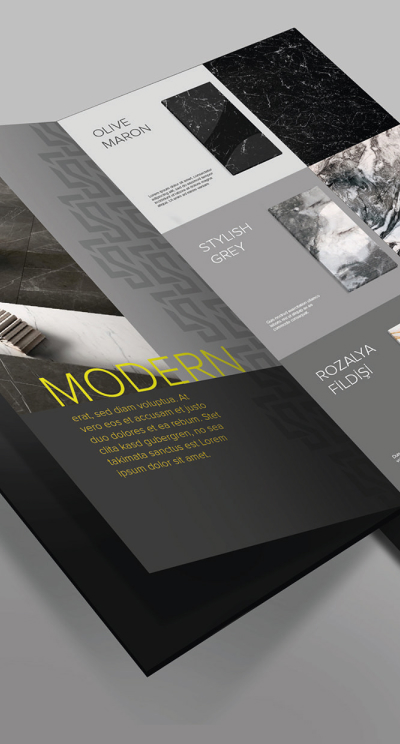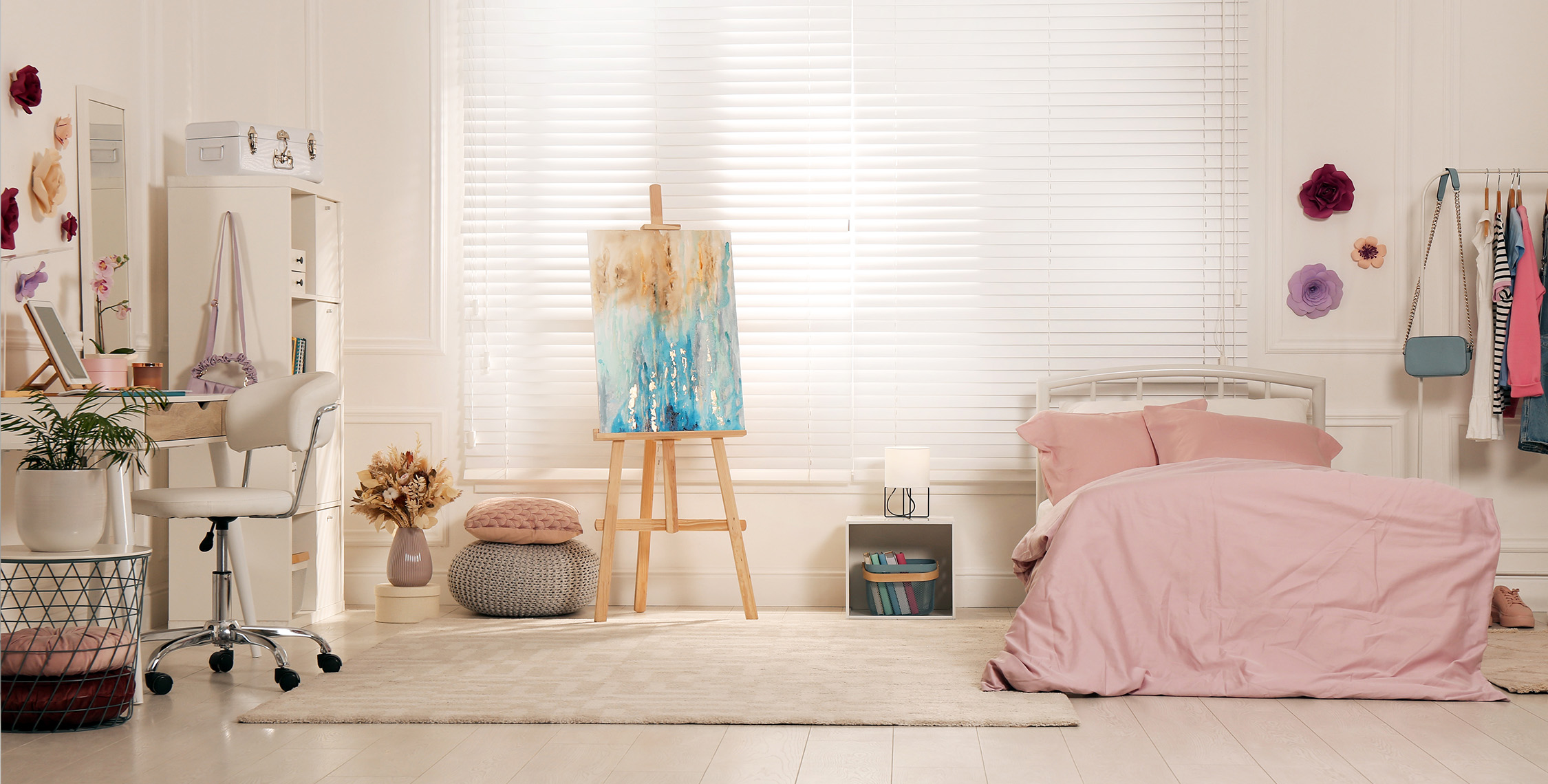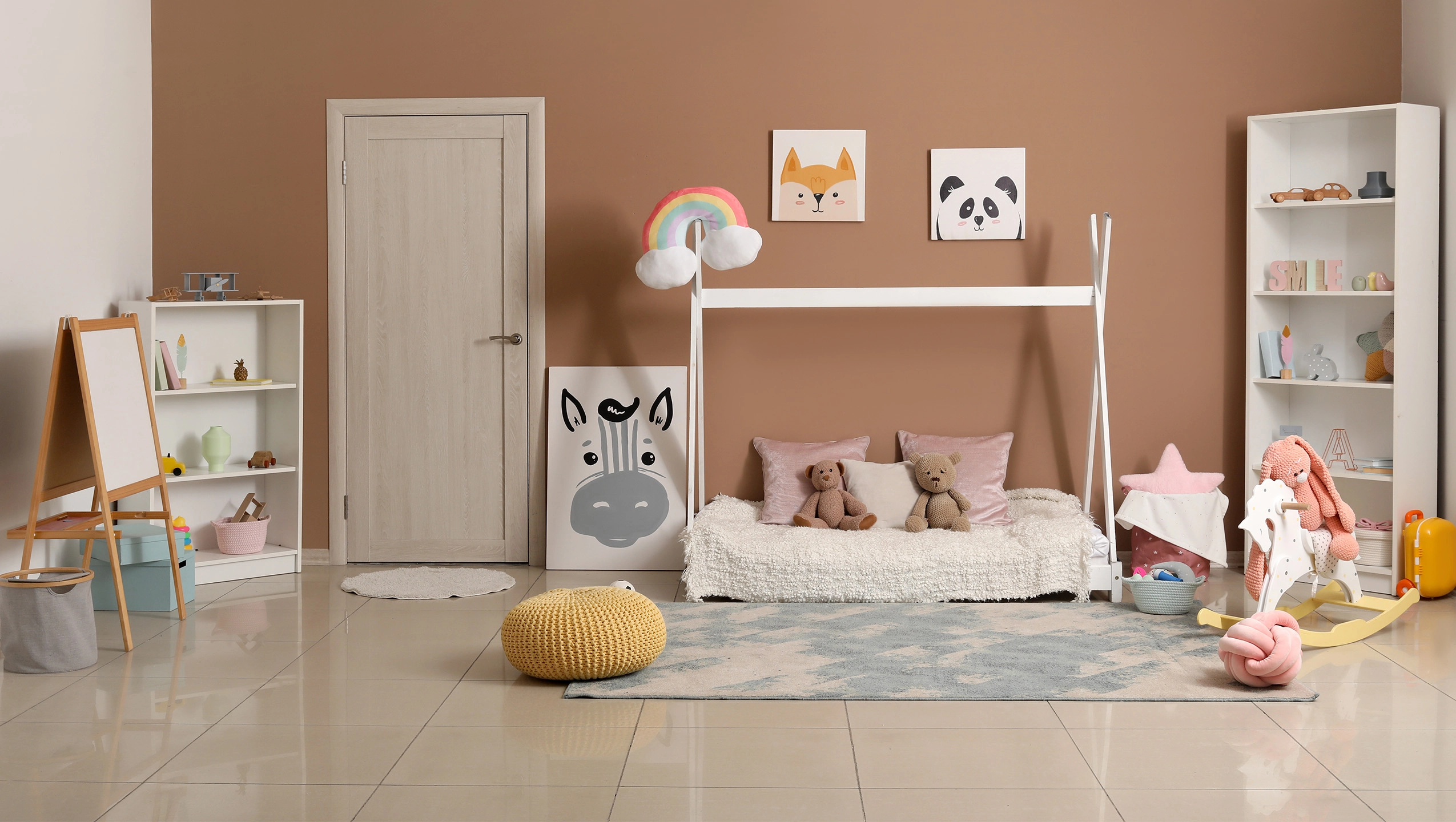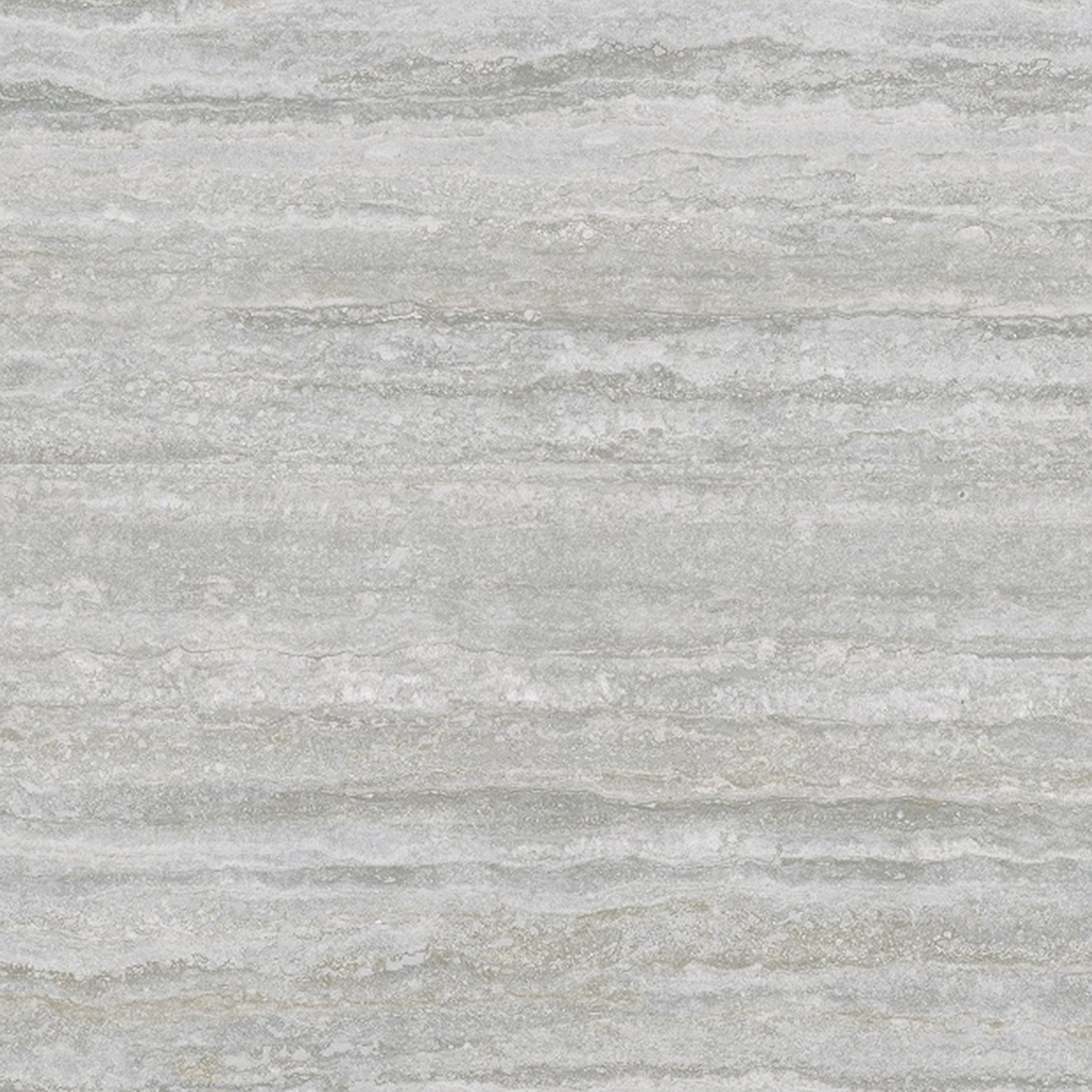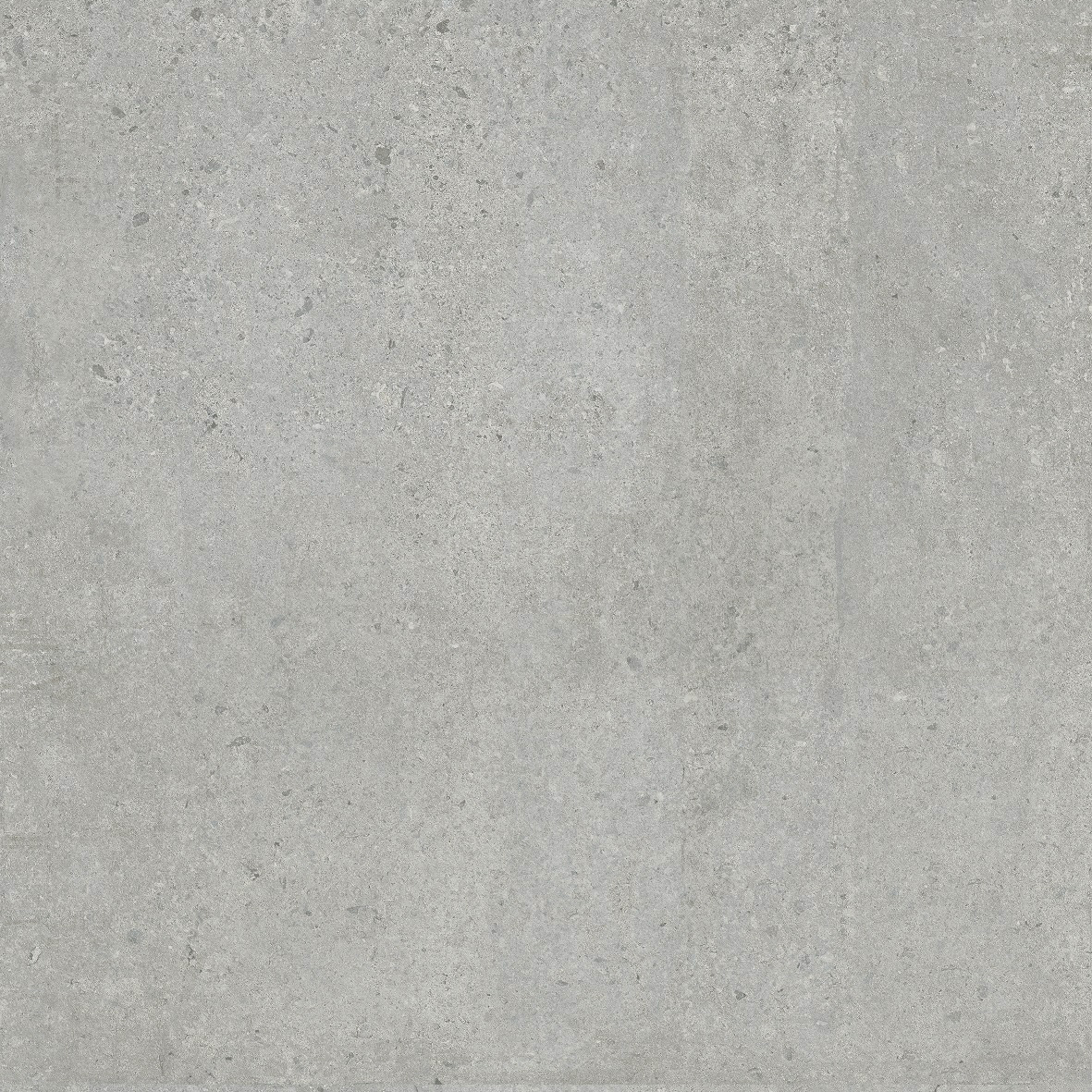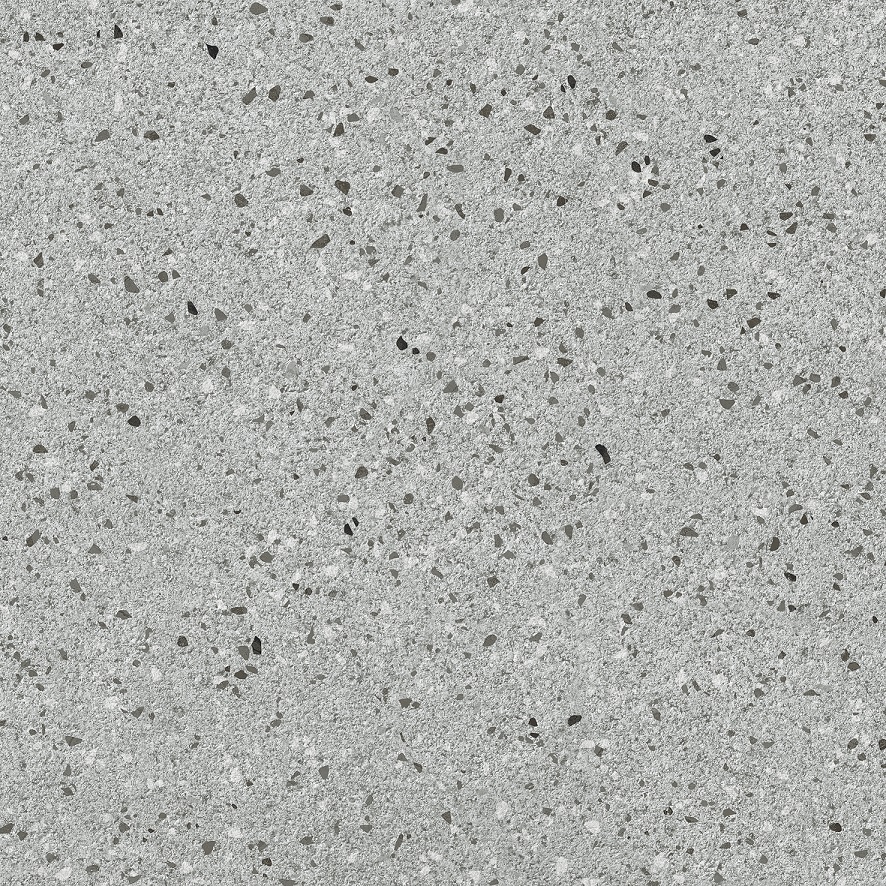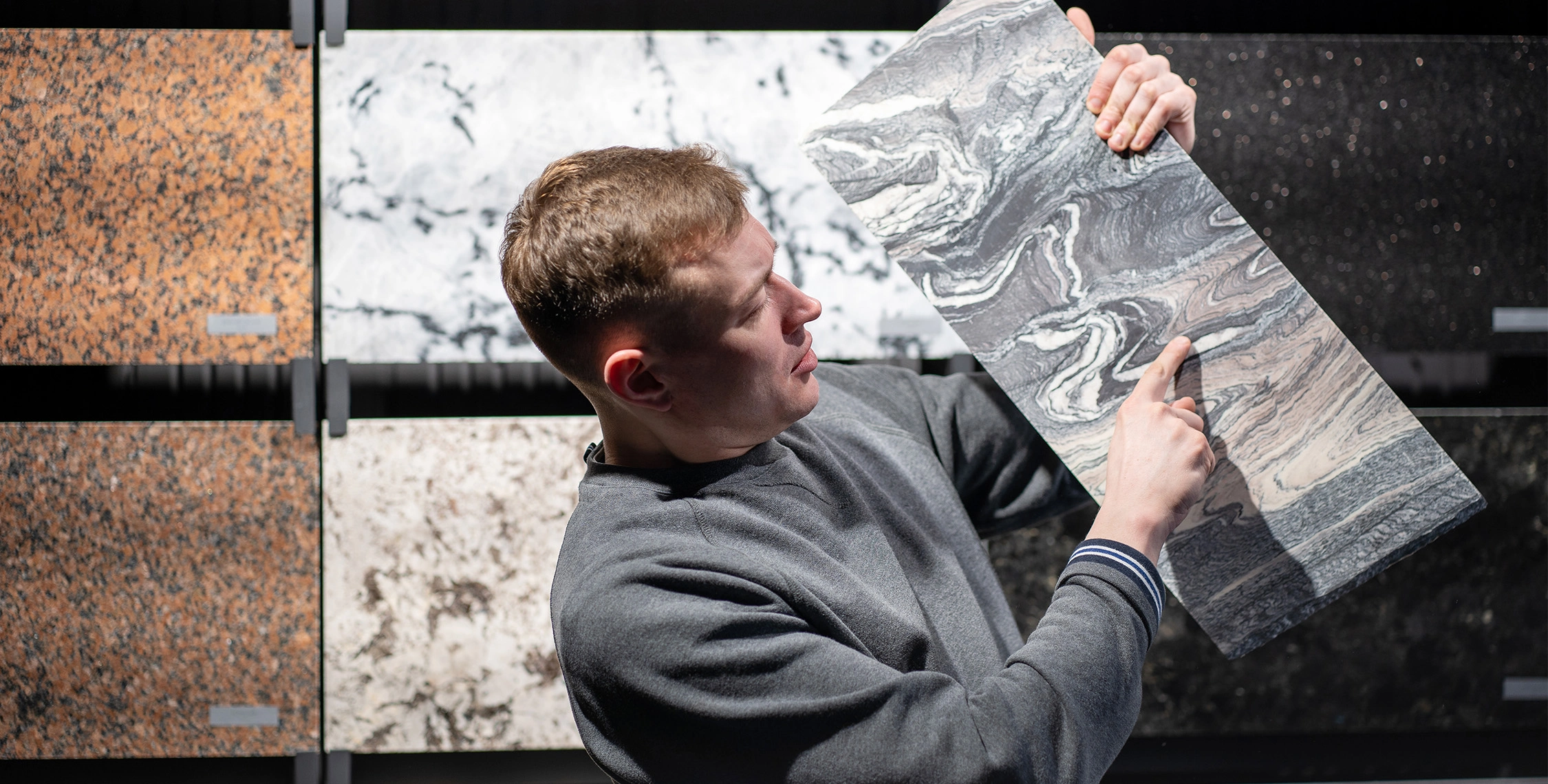
Choosing the right granite for your home is a crucial step to guarantee the quality, beauty, and durability of the materials you use. Granite is available in various quality grades, and understanding the characteristics of each is essential to match your choice with your needs, function, and budget.
This article will provide an in-depth look at Grade 1 and Grade 2 granite, highlighting the key differences in aesthetics, durability, and finishing precision. By understanding these distinctions, you can make a smarter, more informed decision when selecting granite for your floors, walls, or countertops, ensuring your home is not only beautiful but also durable, functional, and a valuable investment.
Understanding Grade 1 Granite
Grade 1 granite, also known as premium or first-choice granite, is the highest quality available. It features a smooth, glossy surface, vibrant colors, and flawless, well-defined patterns. In addition to its stunning aesthetics, Grade 1 granite is highly resistant to scratches and stains, making it the ideal choice for interior and exterior projects that demand premium materials. Recognizing these top-tier characteristics helps you distinguish it from other variants to ensure maximum quality and longevity.
Understanding Grade 2 Granite
Grade 2 granite, often called commercial grade, is a variant with a lower quality standard compared to Grade 1. Its characteristics include less vibrant colors, visible specks or pits, noticeable pores, and sometimes a slightly uneven surface. Despite these imperfections, Grade 2 granite still offers adequate durability for household use at a more economical price point. Understanding these traits is key to differentiating between grades so you can align your choice with your specific needs and budget.
Comparison: Grade 1 vs. Grade 2 Granite
1. Quality and Consistency of Color and Pattern
Grade 1 granite excels in the consistency of its naturally produced colors and patterns. Each slab displays stable and uniform color variations with organic veining patterns formed through natural geological processes. These patterns are unique and one-of-a-kind, creating an exclusive look for every installation.
Conversely, Grade 2 granite often shows color inconsistencies between production batches, with patterns that can seem repetitive and less natural. The high quality of genuine, premium granite is recognizable by its rich color depth and the complexity of its patterns, which cannot be perfectly replicated in lower-grade products.
2. Material Density and Durability
In terms of density, Grade 1 granite has a very high material density with minimal porosity. Its compact crystalline structure gives it exceptional resistance to stains, liquids, and moisture. This material also demonstrates superior resistance to scratches, impacts, and heavy pressure.
Meanwhile, Grade 2 granite has a lower density and higher porosity, making it more susceptible to staining and mechanical damage. The difference between grades is very apparent in the material's performance under heavy-duty usage and its resilience to external factors.
3. Cutting and Finishing Precision
Grade 1 granite undergoes a manufacturing process with very strict tolerance standards, often using technology like diamond wire cutting and automated polishing systems. The result is slabs with consistent thickness, sharp and precise edges, and a perfectly flat surface.
In Grade 2 granite, irregularities in thickness, uneven edges, and inconsistent polishing are common. A key way to differentiate between grades is by closely examining the precision of the cut and the overall quality of the finish.
4. Color Stability and UV Resistance
Grade 1 granite has excellent color stability thanks to its stable natural mineral composition. This material is resistant to fading from long-term UV exposure, retaining its original color for a very long time, even under direct sunlight.
Grade 2 granite may experience color changes or fading after a few years, especially colors that use additional pigments. A hallmark of premium-quality granite is its ability to maintain its color integrity and aesthetic appeal for decades.
5. Consistency of Specifications and Dimensions
Every production batch of Grade 1 granite undergoes rigorous quality control to ensure consistency in dimensions and technical specifications. Its tolerance level is very tight, typically within the 0.3–0.5mm range for thickness and linear dimensions. This ensures easy installation and a seamless final look.
Grade 2 granite often shows significant variations in specifications, with tolerances reaching 2–3mm, which can complicate the installation process and affect the final aesthetic. The difference between grades is very evident in their precision engineering and manufacturing consistency.
Understanding the differences between granite grades is essential for choosing the right material for your home's needs, budget, and aesthetic. Grade 1 granite offers the best in beauty, durability, and precision, while Grade 2 provides a more economical option with adequate durability.
To find high-quality granite with a variety of premium options, Meliuz Granite is an excellent solution that brings elegance, beauty, functionality, and high investment value to your home.
Product Popular

SUPREME CREAM
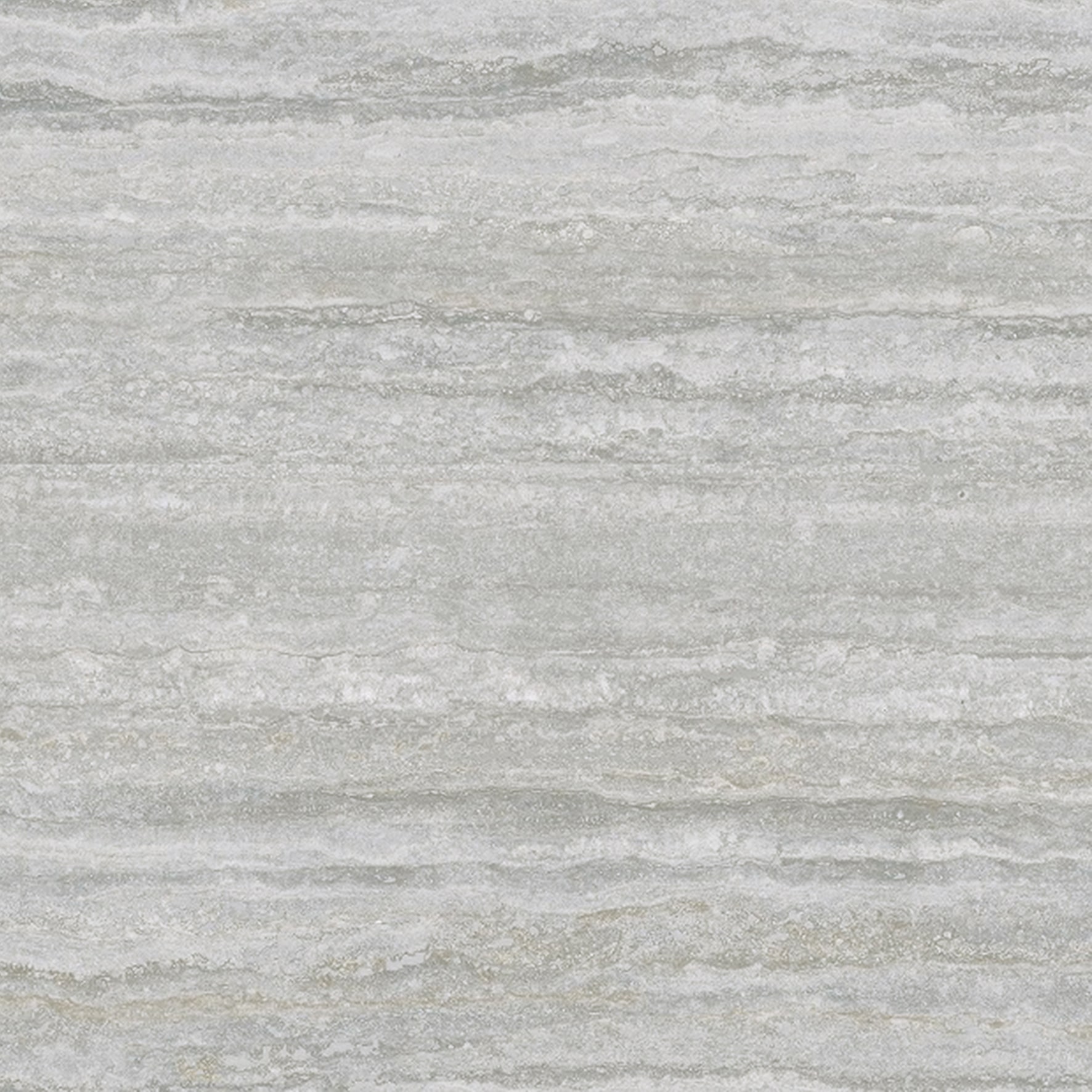
AEGRINE GREY
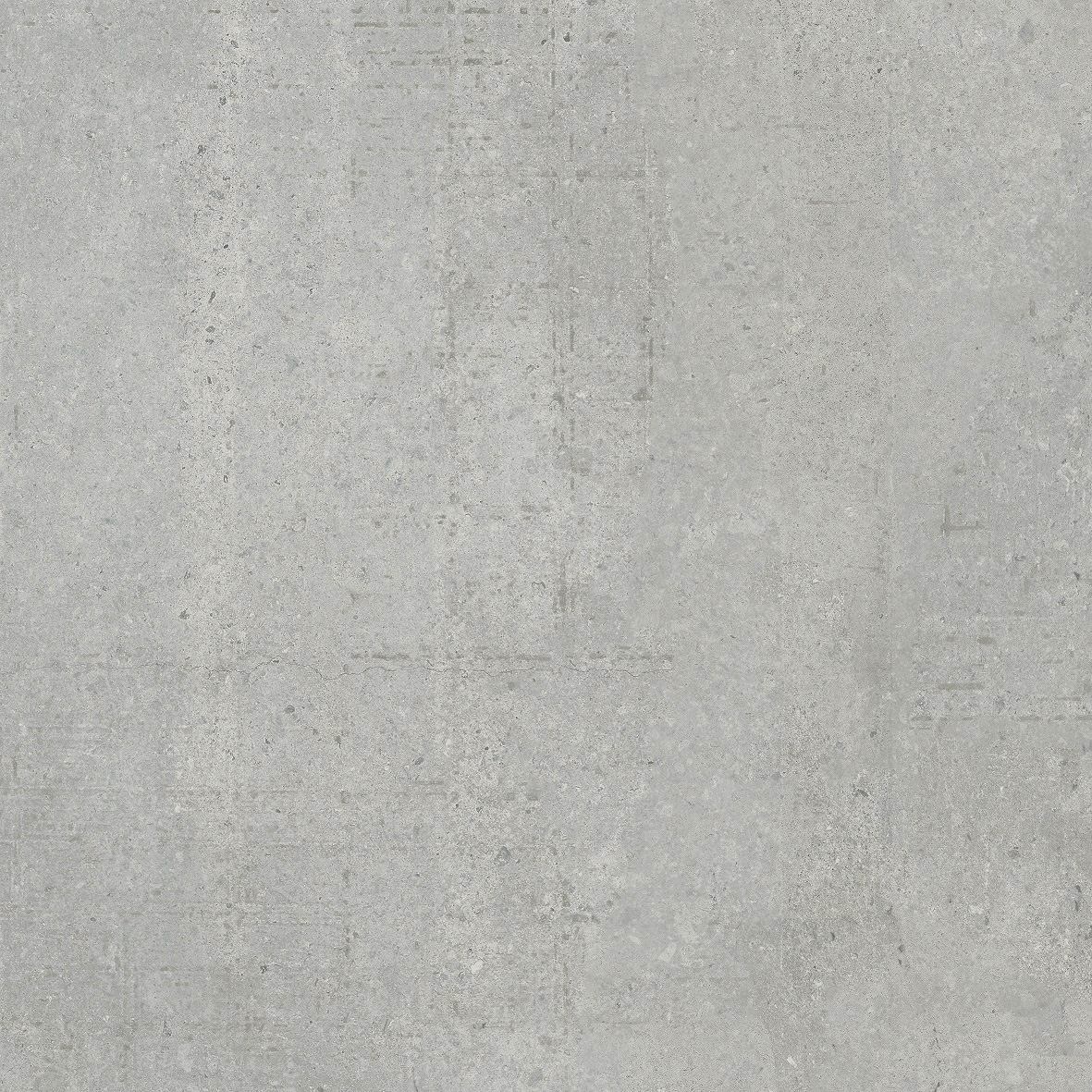
PASSO GREY

TERRASTONE GRIGIO
